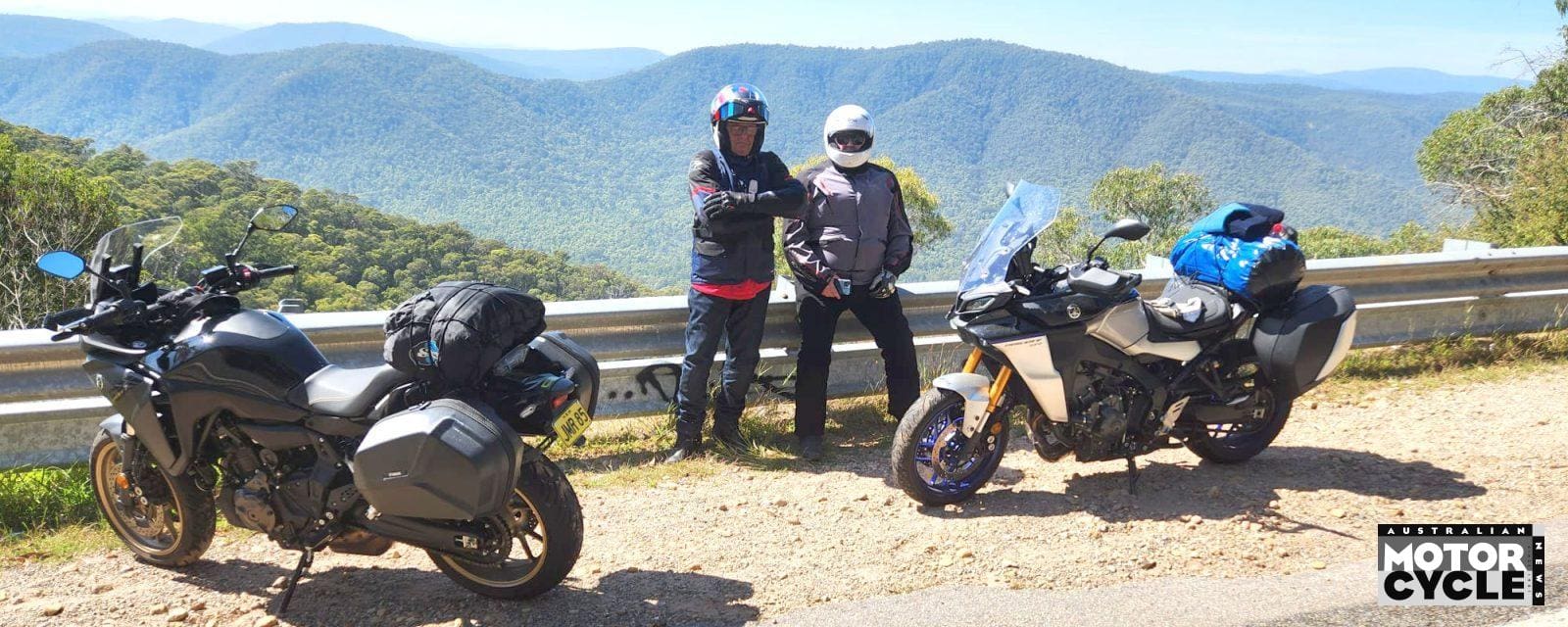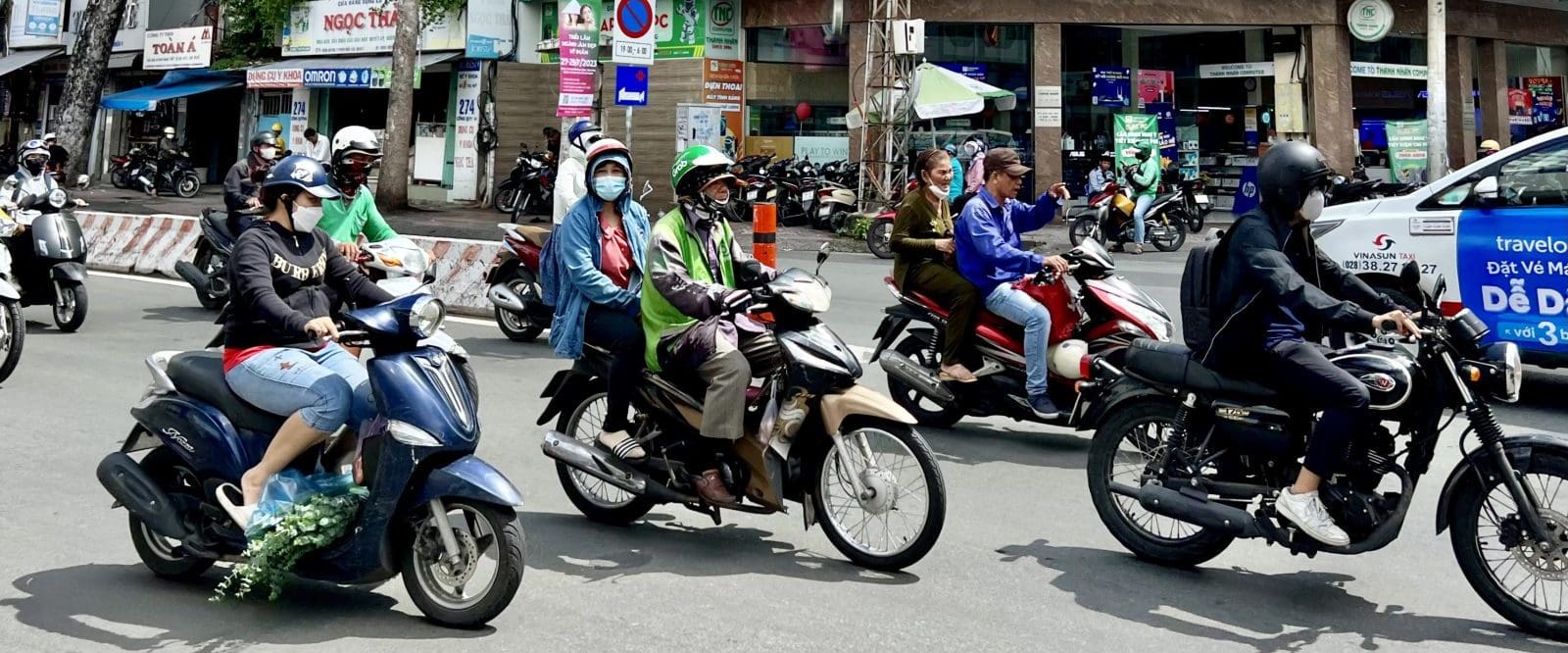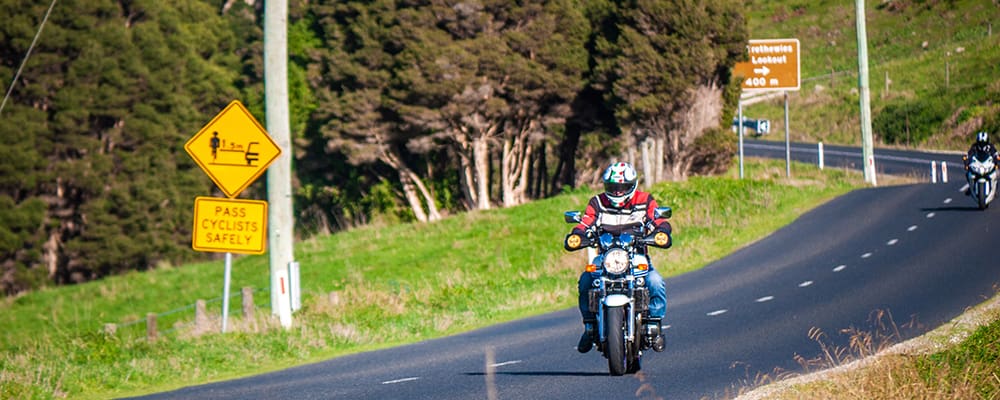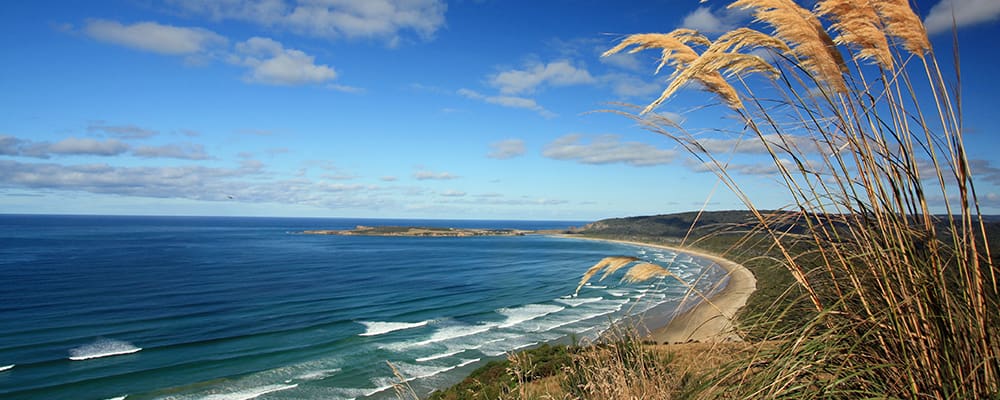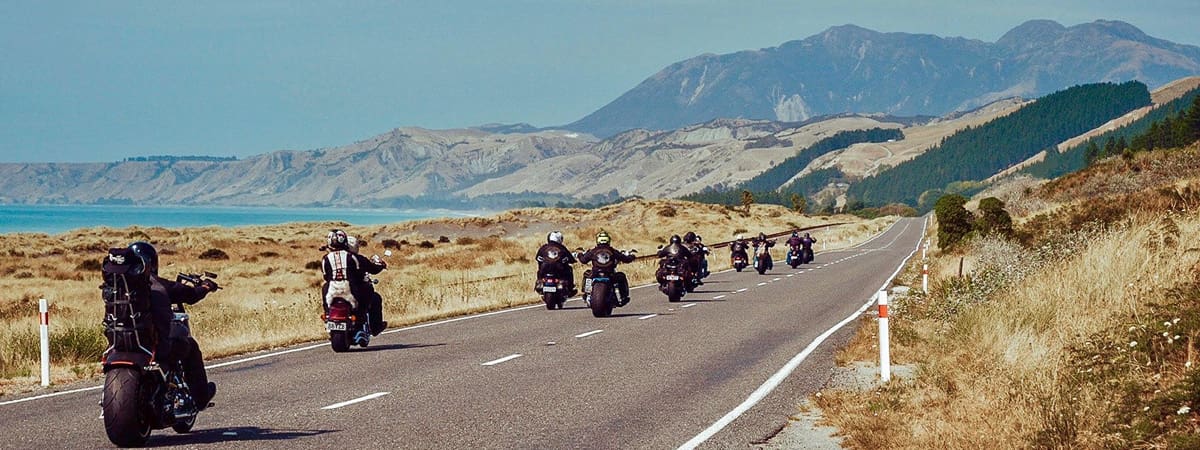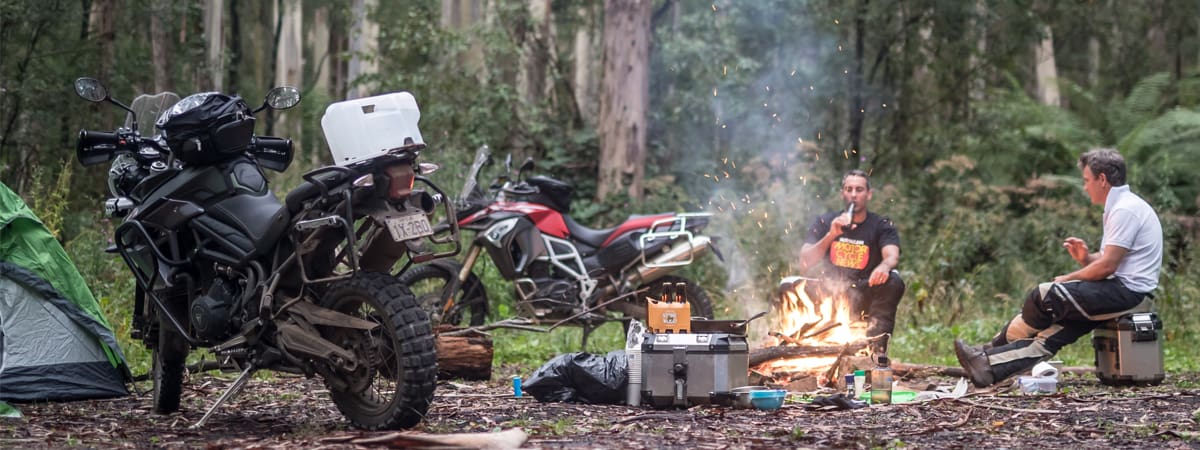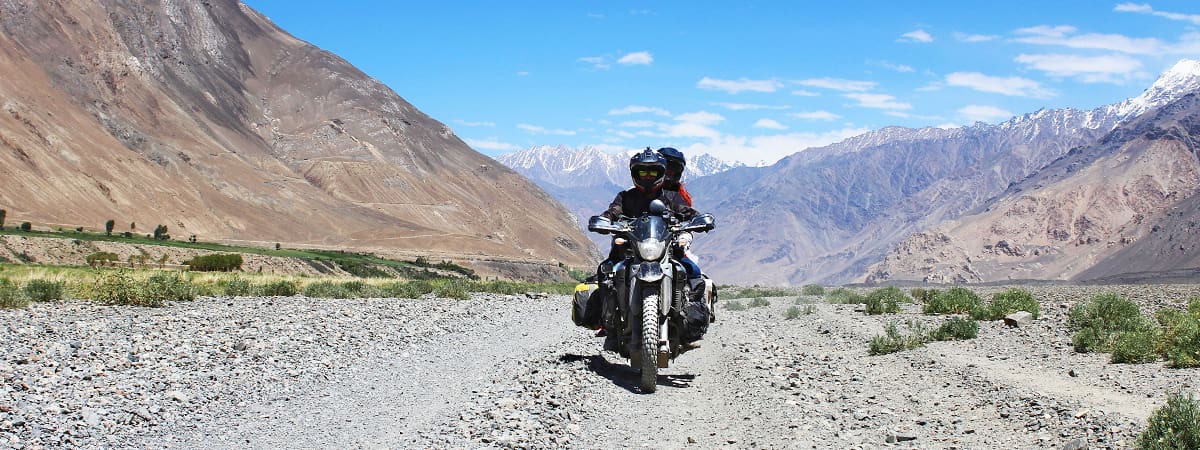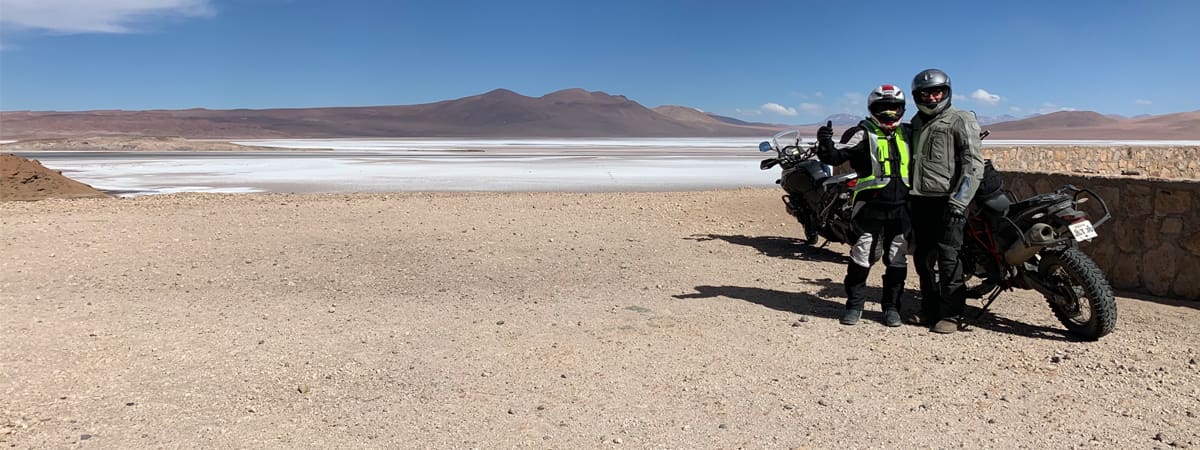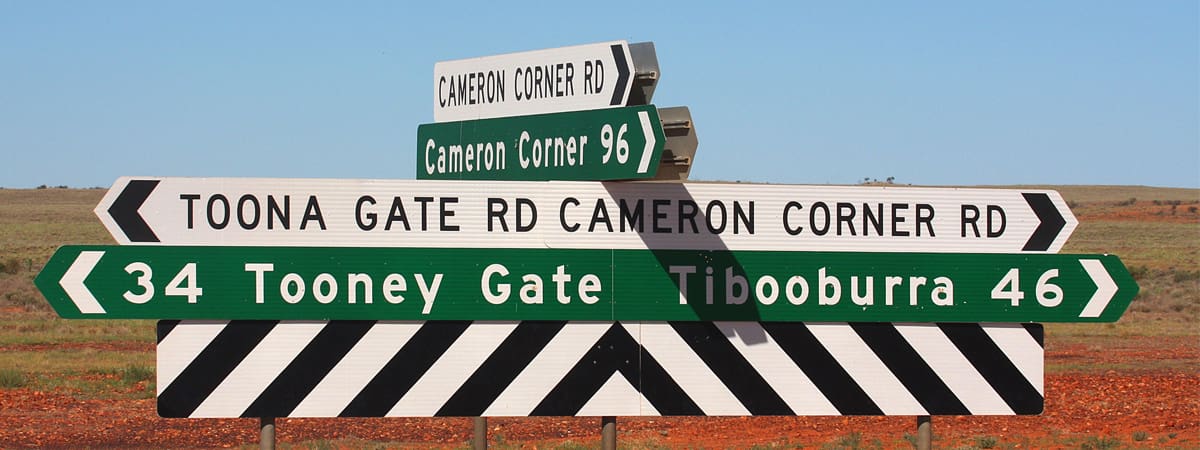I was invited on a free trip to Vietnam in 1970. The Australian government was prepared to send me free of charge as long as I was prepared to shoot the people from the North trying to reunify the country.
Even then, without understanding it completely, I knew there was something wrong. I registered as a conscientious objector, saying I declined the invitation even if my birth date marble came out of the barrel.
As it turned out, there was something wrong. The Vietnam War (or the American War as it’s called in Vietnam) had the least time in all of history between it finishing and the critical mass of world opinion deciding it was a major mistake in the first place.
The Americans lost around 50,000 soldiers, Australia lost more than 500, but the Vietnamese – the official ‘winners’ – probably lost about four million.
You’d think they’d hate us for eternity, but they don’t. Seventy per cent of the current population of Vietnam is under 40, with no direct memory of what happened, and Australians are as welcome there now as any other nationality.
You can hire a bike in Ho Chi Minh City (formerly Saigon, which is what many of the locals still call it) and ride up the Ho Chi Minh Road to the national capital, Hanoi.
Five of us with a combined age of over 300 did it recently and it’s one of the great rides still available anywhere in the world. The Ho Chi Minh Road isn’t the Ho Chi Minh Trail that was used to transport soldiers and weapons into the South, but bits of it intersect and there are plenty of war references to note as you ride through the jungles.
Have you seen the movie Hamburger Hill? For some reason, the Americans thought it would be a good idea to take this jungle-shrouded place by a ground assault. Hundreds were killed and injured, and when the Vietnamese eventually ceded, the Americans realised it had no strategic importance. Three weeks after taking it, they quietly withdrew. You pass Hamburger Hill on this route and now it just looks like any of the other hundreds of hills that surround it.
The most challenging town on the route is Khe Sanh. It’s not a hard place to ride through, but it can take days to get the Cold Chisel song out of your helmet.
We spoke to some old locals who had helped build the Ho Chi Minh Trail. It passed through a very rocky mountain range where sometimes the density and size of the rocks made progress impossible. So the Vietnamese set up a fake camp on the worst of the rock and retreated a safe distance into the jungle. Within days, the Americans would bomb the site, breaking up the rock and allowing the road-building to continue.
There are about 94 million people in Vietnam, but the 200km concrete military road from Khe Sanh to the cave town of Phong Nha is largely deserted. It weaves through dense, uninhabited jungle and takes all day to ride because it’s one tight corner after another. Officially, there are no tigers left in the jungle, but a number still roam. Their location is kept secret because the National Parks rangers fear that if the Chinese know they exist, they’ll pay locals to kill them for their supposed medical properties. You can’t help but think about where they might be when you stop for a break.
Phong Nha is home to the largest cave in the world. It’s hard and expensive to access, but there are plenty of almost-as-big caves to within easy riding distance.
In keeping with the country’s history, our group – the ‘famous five’ – fought among ourselves every day, usually over whether satnav was better than paper maps. We were all on Honda XR125 trail bikes, which are a perfect size for the distances and road conditions.
If you haven’t got the two weeks the trip should take, consider flying into Da Nang and doing the best bits of the Ho Chi Minh Road (including Khe Sanh and Phong Nha) on Harley-Davidsons rented from H-D Vietnam. Harley-Davidson in Vietnam… how quickly have the Vietnamese forgiven us.
My XR125 was a big step up from the Honda 50 Stepthru I’d been riding in Hanoi for the previous six months. Bikes rule in Vietnam, there being as many motorcycles as there are people. Yes, they’re mostly used as transport vehicles, but as Vietnam develops there’s an increasing culture of custom building with some fascinating results.
Vietnam is changing on a daily basis – catch it now while it’s still cheap and its raw brilliance still has the power to dazzle you.
By GRANT ROFF
